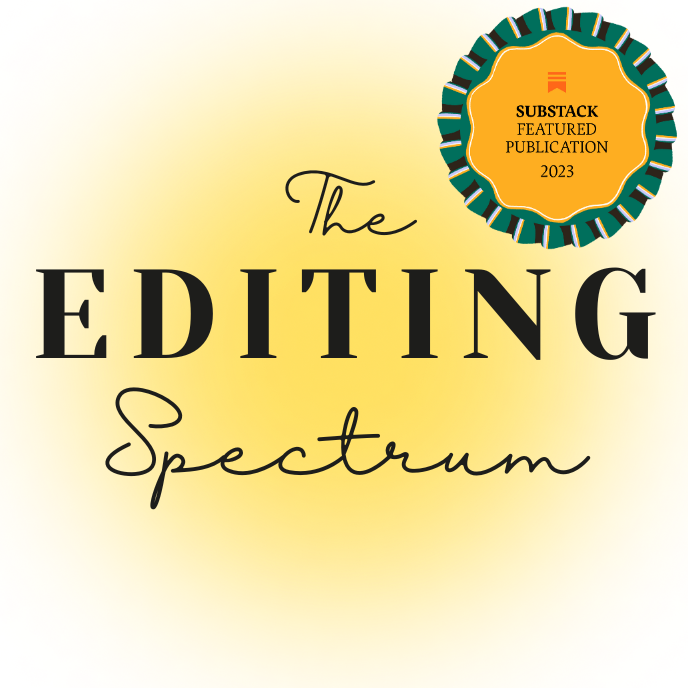The 4 Ingredients You Need for ROI in Self-Publishing
/I like practical people. Rational people. The people who don't buy something just because it's shiny, but because it makes damn good sense. That's what this email is about: the ingredients you need to see a return on investment in self publishing. Here they are:
1. Engaged audience
In an earlier email I talked about how this is the only difference between you and a traditional publisher. If you have an engaged audience, you don't need to give a publisher the rights to your book and 50 percent of royalties. Here's what an engaged audience looks like:
50,000+ unique visitors to an organized, focused website
20,000+ real-life (not purchased) followers on Twitter or equivalent social media channel. (This depends on the genre of your book.)
15,000+ email subscriber list that shares or interacts with at least 20% of your content
2. A "hookable" story for a clearly defined audience
If you have an audience, the next thing you should have is a story that speaks to the heart of a timely issue. An engaged online audience will be giving you clues all the time about what they need you to write about. As long as you pay attention to what they're saying on forums, blog comments, etc., you should have an idea of a few story ideas.
3. A basic understanding of digital marketing
The basics of marketing are straight forward: communicate to a clearly defined audience how your product or service will solve their problem or meet a need. Marketing is a people-centric activity. If you don't understand people, you'll likely struggle with marketing no matter how many "Marketing 101" courses are out there for self-published authors. The basics of digital marketing include:
- Casting a net to invite people to get to know you via relevant social media platforms
- Writing email series that talk about issues that relate to your book
- Creating giveaways that strike a chord with or entice your audience to share about your product
- Cultivating digital relationships in person to give your message a wider reach
- Managing all of these elements from a central location so you can flex/improve your strategy as necessary
4. A simple channel strategy
Don't focus on 101 different distribution channels. Instead, focus on the people standing in front of you and give them one, single, solitary destination for purchasing your book (once they're engaged and interested in buying it). For me, that destination is Amazon. Ninety-five percent of your audience will have access to the Internet and zero issues with buying a book off of Amazon. Keep your captive audience moving in the same direction and your book will sell.

